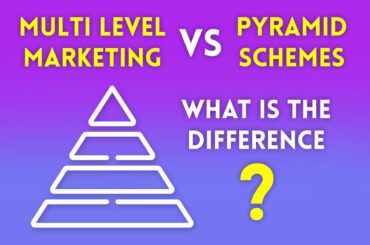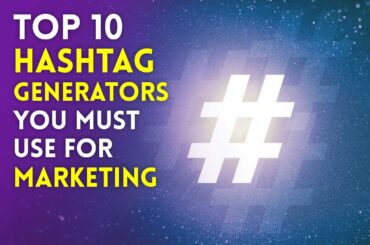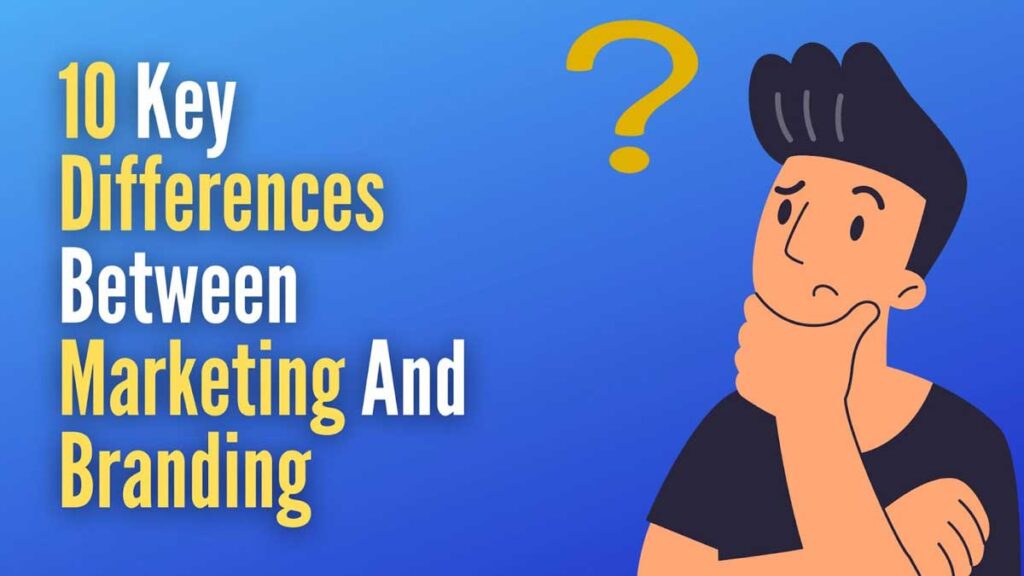
There is often misunderstanding or improper interchange between the phrases branding and marketing. However, being aware of the difference between marketing and branding will help you carry out targeted initiatives more effectively, whether they have marketing or branding goals.
Marketing and branding do overlap, but to properly combine them into a comprehensive digital strategy, business owners should make a clear distinction between branding and marketing.
While branding and marketing are both crucial, building your brand always comes before marketing it.
Before spreading your message via marketing, you must establish your brand identification and refine your message. Future marketing initiatives for your firm will have a solid basis if you use this knowledge of the distinction between branding and marketing and how they interact.
To give readers a comprehensive understanding of marketing vs branding, we will discuss what branding is, what marketing is, and finally, the key difference between branding and marketing. This post will be your number 1 guide to knowing the difference between branding and marketing.
What Is Branding?

The process of creating a brand identity for a company is called branding. By developing a brand identity, you give your company personality and give a full explanation of what you offer, why you do it, and where it all leads.
Additionally, it’s important to consider your target audience, how you choose to connect with them, and the significance you give to their interaction with you.
Through branding components like your logo, color scheme, and fonts, you may visually communicate a portion of your brand identity. However, the whole experience you give your consumers is really important.
People would not have a reason to choose your company above those of other companies supplying the same goods and services if you don’t have a brand identity. Fortunately, there’s no need to create something from scratch.
A good branding and marketing company uses tried-and-true branding concepts (such as consistency and visibility). It takes inspiration from successful branding cases to help you create your brand identity.
Here are two businesses that every branding company should be aware of:
1. Coca-Cola
Coca-Cola is still one of the best branding examples that every branding agency can learn from, having bragged about its branding and marketing success since the late 1800s.
Coca-Cola is an essential component of your happiest experiences, according to the branding aspects of the company.
They develop lasting emotional bonds with their audience and create a feeling of tradition in their life, in addition to having incredibly imaginative and unforgettable visual elements.
2. Nike
Nike is consistently cited as one of the best branding examples because of their slogan, “Just Do It.” They claim that if you have a body, you are an athlete.
This quote embodies the essence of their brand: motivating athletes to overcome obstacles and keep improving. Among other branding components that support the distinctive Nike brand, its renowned “swoosh” logo, which symbolizes motion and speed, complements this idea.
What Is Marketing?

Promoting and selling goods or services is what marketing entails. It includes fields like market analysis, advertising, sales, and (of course) branding. To reach your target audience, win over their loyalty, and expand your business, marketing methods must be precise and proactive.
Common marketing actions include building up your website and social media platforms to create a strong online presence, ensuring that every physical location uses fundamental branding ideas and feels familiar and at home, and interacting with your target market through online and offline brand awareness and engagement initiatives. Your branding strategy determines how your marketing plan is put into action.
Let’s go into marketing examples using the same companies as in the preceding branding examples:
1. Coca-Cola
The “Share a Coke” advertising campaign by Coca-Cola encouraged people to celebrate happy occasions with friends and family while Coca-Cola was present.
The branding and marketing firm that worked on this project made waves by allowing customers to enjoy Coca-Cola bottles personalized with their names, making it an even more personal experience for them and their families.
2. Nike
The “Find Your Greatness” campaign, in keeping with Nike’s reputation for pushing the envelope, was one such marketing initiative that generated buzz.
The message was straightforward: individual accomplishments are more important than championship trophies.
It gave everyone the confidence to pursue their dreams by showcasing common people. When considering branding examples, this campaign’s foundation was Nike’s brand of relentless pursuit of excellence.
These branding and marketing examples highlight the need to have a solid understanding of who your business is. Nike and Coca-Cola invested the time to fine-tune their branding strategies, which has led to the success of their campaigns.
As a result, they effectively convey their mission to their audience, which makes it simpler for their target market to recall their brand.
Now we know what is branding and what is marketing, let’s dive into the key difference between marketing and branding.
10 Key Differences Between Marketing And Branding
1. A Small Difference In Definition Can Have A Big Impact
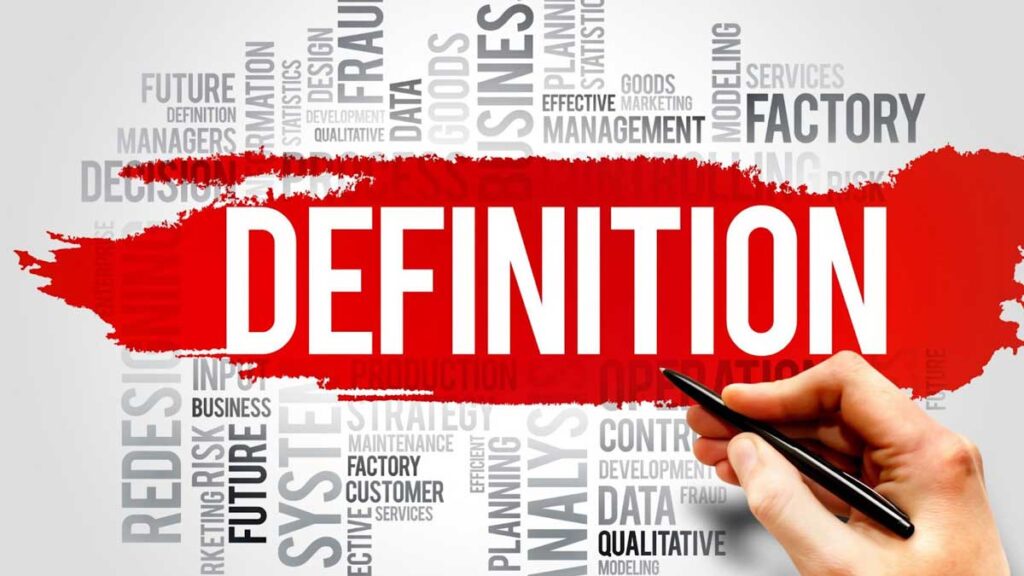
Before anything else, let’s define branding and marketing. Simply defined, branding is the act of turning your company or product into a brand, as previously stated.
When a business or a product gains popularity, recognition, and respect from its target audience, it develops into a brand. While highlighting the company’s distinctiveness, branding supports the mission and values of the organization.
On the other side, marketing is a technique for introducing, promoting, identifying, and selling the product. By choosing how, when, and where to promote the brand, marketing helps to increase sales and draw in new clients.
- Branding includes things like a logo, website, color scheme, brand aesthetic, etc.
- Marketing includes activities such as customer study, advertising, sales, and distribution strategies, among others.
The distinctions between these two concepts are perfectly illustrated by Nike Air Jordan. Nike employed marketing and branding methods to become so well-known, from color to the logo and theme to even restricting shoe sales. It was a smart marketing move for Nike to team up with Michael Jordan in 1984 to produce athletic shoes.
The popularity of NBA stars and other circumstances, however, led to Air Jordan overnight becoming its own brand. Today, it is so well-known that all that is needed to identify Jordan merchandise is the Jumpman logo.
2. The Message You’re Trying To Get Out Is Through Marketing. Your Brand Is Who You Are
Howard Schultz stated it well when he said, “Authentic brands don’t come from marketing offices or advertising firms. They are a byproduct of everything the business does.
Your brand serves as the foundation for your business. It’s the genuine, special, and exclusive value you can give clients.
Every time a customer interacts with your brand, they are informed about it, which also includes your company’s culture. However, all that is being said to them is that branding and marketing management.
3. The Goals Of Branding And Marketing Are Different
Marketing helps in brand creation, which of course, impacts sales. However, neither has the same primary concern.
Branding creates value, loyalty, and community. Building a customer’s perception of a business or product is the goal of branding.
In order for people to attach to a brand personally, it aims to increase its likeability and relatability. In the end, effective branding transforms the consumer into a dedicated supporter.
Sales are increased by marketing. Marketing strategies are goal-oriented and concentrate on boosting revenue. It serves as a conduit connecting the customer and the product.
It also works on the product’s development, keeping up with emerging trends, doing in-depth customer research, designing distribution methods, promoting the product, and other tasks.
4. Marketing Comes After Branding

A brand is more than simply having logos, package designs, and a slogan. What you actually possess is a collection of marketing components and messages.
As Peter Getman of MicroArts puts it, “Many blow off step one of the branding processes, whether they forget or intentionally overlook it.” Therefore, you must be wondering, “What is the first step?” now. Here it is, in brief.
It is the procedure for figuring out and identifying your brand’s value in the market. Once this process has been taken care of, you can choose to create your branding and marketing plan before creating your marketing campaign.
5. Marketing Is Transient, But Branding Stays Forever
The McDonald’s mascot, Ronald McDonald, has always remained present despite the company’s many marketing initiatives since its founding. This is how branding and marketing differ from one another.
The marketing techniques are temporary and change as needed and with the passing of time. However, brand values are enduring and difficult to change. The branding places a lot of emphasis on leaving the customer with a specific impression.
The need to adapt marketing strategies to the new generation, technological advancements and competitors’ and customers’ shifting perspectives forces them to change. While branding changes the process, the essential objectives—to build and preserve a brand through expressing values and mission—remain the same.
6. While The Consumers Are The Owners Of Your Brand, You Own Your Marketing
In comparison to branding, this is simpler to comprehend and maintain. But branding is not as straightforward and simple as it might seem.
There are some factors, like marketing and customer service, that affect your brand. However, you can’t develop your brand worth without utilizing such crucial factors.
Your brand is not your idea, says Peter Getman. Surprisingly, a large number of executives think they have some influence on how the general public views their brand. They are unable.
Understanding the basic distinctions between branding and marketing is crucial, and you should never get either of them wrong.
One of them is the difference between storytelling in marketing and listening in branding. Customers are better able to describe your brand and how it should operate since they are truly more knowledgeable than you are.
The world’s best brands make use of their understanding of the distinctions between branding and marketing to develop marketing campaigns that mesh with their branding and marketing strategy.
Such businesses always pay attention to their consumers’ expectations and values, letting those factors determine the standing of their brand. Then, they create marketing campaigns to share those principles in straightforward and original ways.
7. “Branding is a strategy. Marketing is a tactic.”

Although a brand may benefit from this addition, the brand itself is more important than any marketing effort. The brand is what remains after the marketing has cleaned up the area.
After meeting a brand through any marketing or non-marketing campaign, the brand is what stays in your mind. It might not signify that you have actually purchased the good (or service) at that time or tried it out.
This does contribute to persuading a customer to purchase your goods, but ultimately, customer loyalty is determined by a company’s brand. The lived experience is one of the most important parts that make up a brand.
8. Marketing Identifies And Motivates Consumers. Branding Turns People Into Dedicated Clients, Supporters, And Even Evangelists.
All forms of businesses and organizations must adhere to the same universal idea. “All organizations must sell,” according to a proverb. Each and every person on the brand’s team either contributes to or negatively impacts how they sell, which is a different issue.
Everyone who is exposed to your thoughts, policies, actions, and advertisements is affected by how loyal they are to your brand. The impact of such acts on sales is real.
In terms of money, marketing is a cost center. A well-designed marketing campaign functions like an investment that pays for itself in sales and brand fortification. However, poorly thought out and executed marketing activities might make it appear to be a cost center.
Let’s find out if branding is a cost center or not now. A cost center, again, is what it appears to be from the outside. But the benefit of being loyal is the reward you receive.
Isn’t that a low-cost center? Return in the form of loyal, self-driven workers and customers that are fiercely loyal and serve as brand ambassadors for the business.
9. Knowing Your Company Is Branding While Knowing Your Customers Is Marketing.
The most important elements of marketing are research and development. Knowing the audience, their needs, and demand are the main goals of market research, along with an analysis of the competitors.
Knowing where to look for customers and how to position products or services so that customers buy them is much easier with this information.
As an alternative, branding entails getting the business recognizable to the public and to potential clients. Through branding, a company’s beliefs, ethics, and mission are spread to the public in such a way that people begin to associate it with the sign, logo, symbol, music, etc., that represents it.
Market research is highly valued and understood by Apple Inc. The company strongly supports product innovation and relies on both online and offline research, such as Apple Customer Pulse, to achieve this aim.
But when Apple markets itself as a brand, it markets elegance, originality, and minimalism. This is how it has remained on top of its game for so long.
10. Marketing And Branding: Micro And Macro
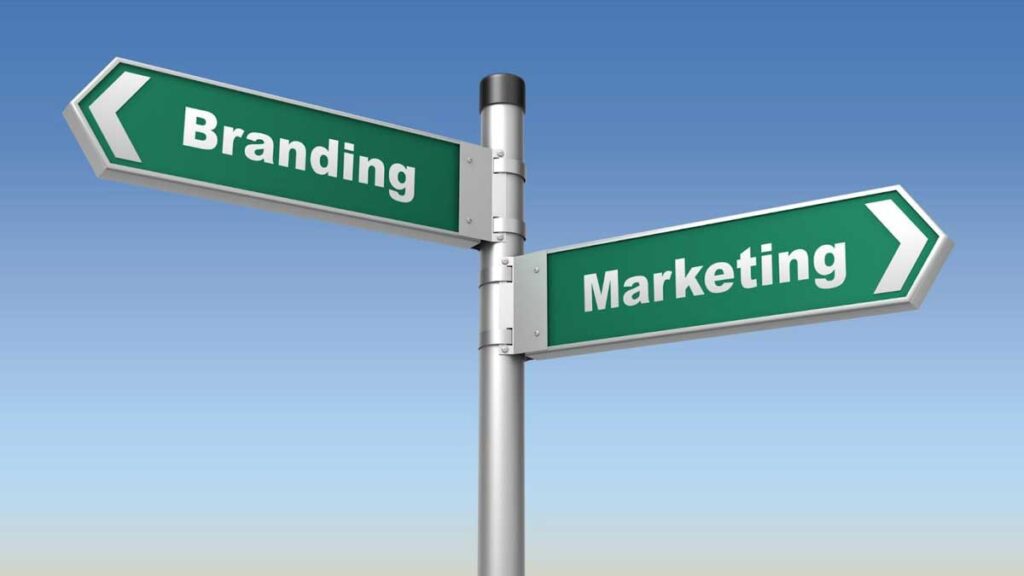
Marketing is small-scale, while branding is large-scale. As was previously stated, branding focuses on having a lasting impact on people. The idea of branding extends beyond the intended market to make the brand so well-known that everyone is aware of it. Targeting the right demographic and boosting offline and online sales are more limited marketing strategies.
Do you recall when Lamborghini claimed that their target market does not watch TV, so they do not run TV commercials? So they made it clear that TV advertising is not a part of their marketing plan since it is an inappropriate medium for a luxury vehicle firm.
Despite targeting a certain market, Lamborghini is such a well-known brand that no one is unaware of it. The result of branding is that.
Marketing thus aims at the intended market, whereas branding concentrates on spreading awareness of the brand globally.
Marketing Or Branding, Which Comes First?
The branding process is completed first. Companies create a branding strategy before releasing the brand to determine the logo, color scheme, typography, values, etc. Marketing tactics are then used to sell the product after it has been launched.
Conclusion
Simply put, branding and marketing are similar to socks and shoes. These both work well together and are essential to the company. To build a brand and connect with customers, branding is crucial. But this is insufficient. To increase sales and distinguish the brand from the competition, a strong marketing plan is required.
Utilize a creative strategy to develop a strong branding strategy and a marketing plan by conducting market research and determining what consumers want.
In conclusion, companies should concentrate on employing branding and marketing in combination rather than debating branding vs. marketing.



